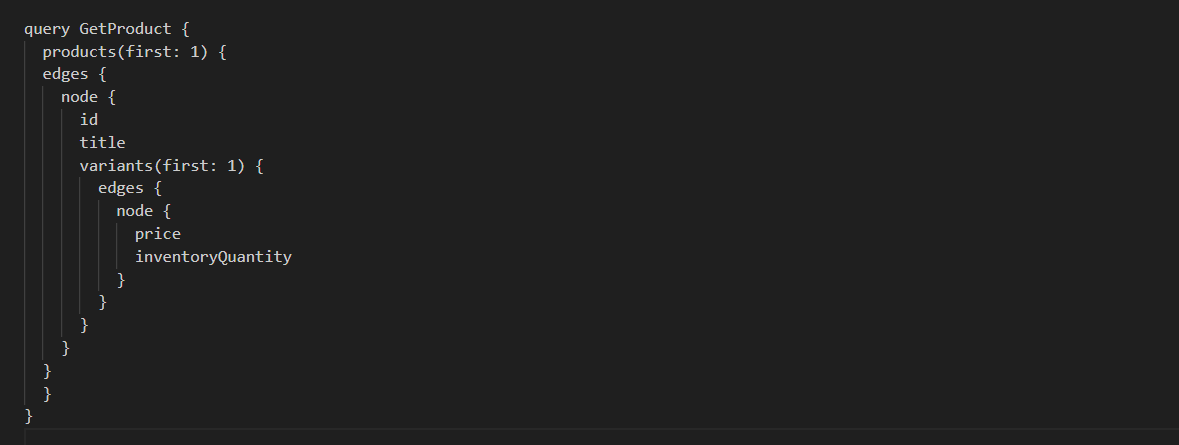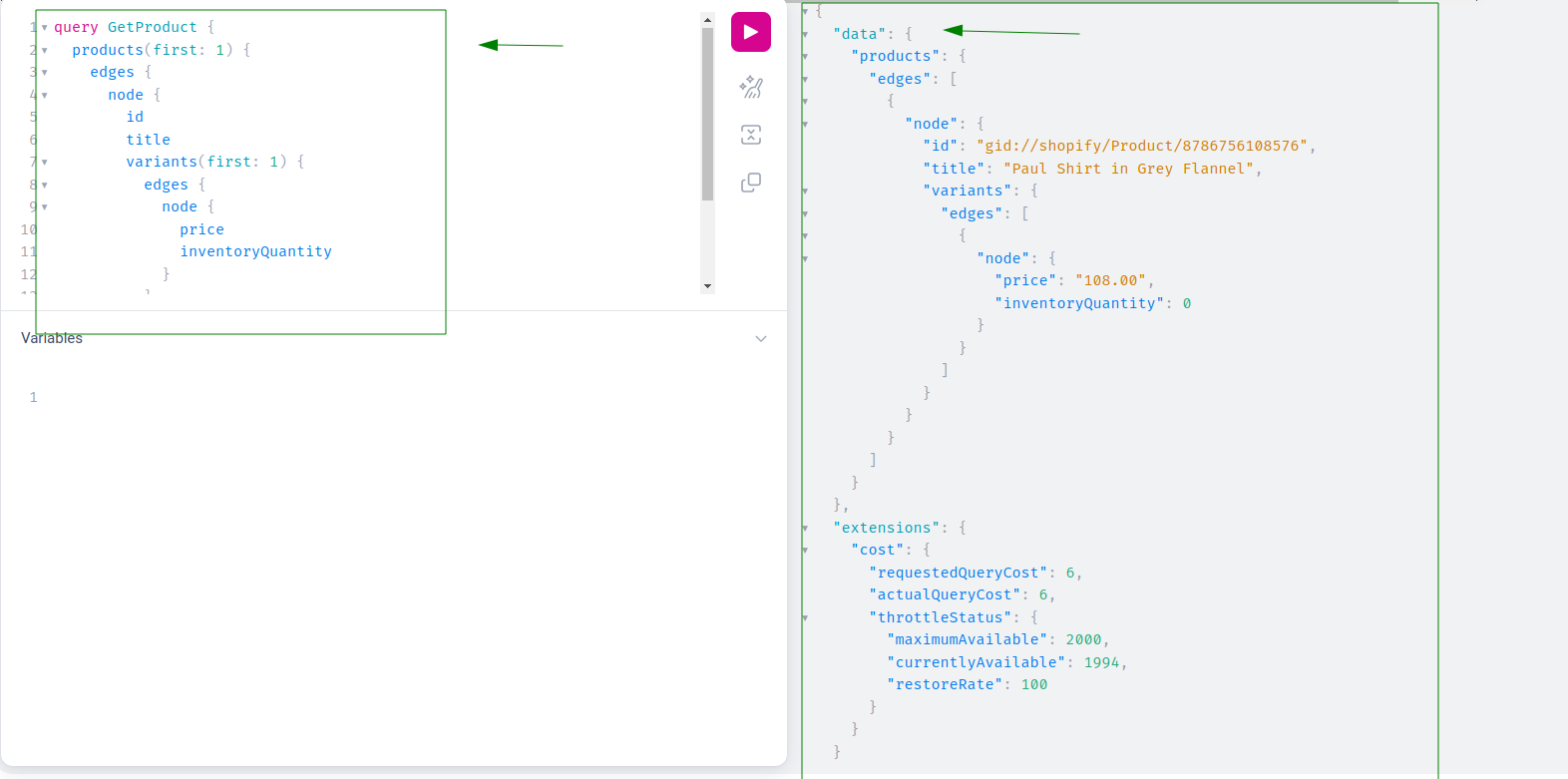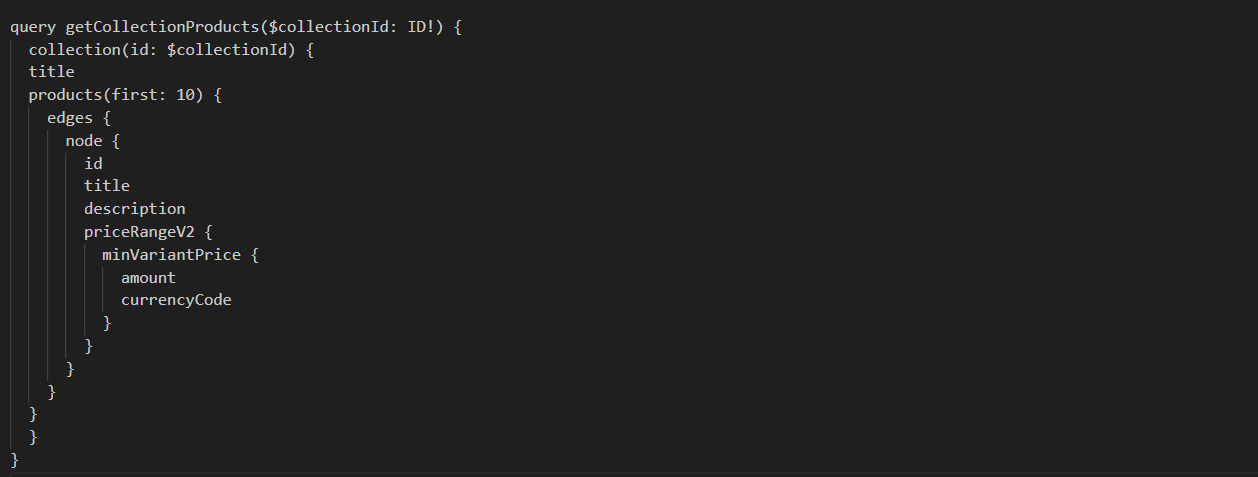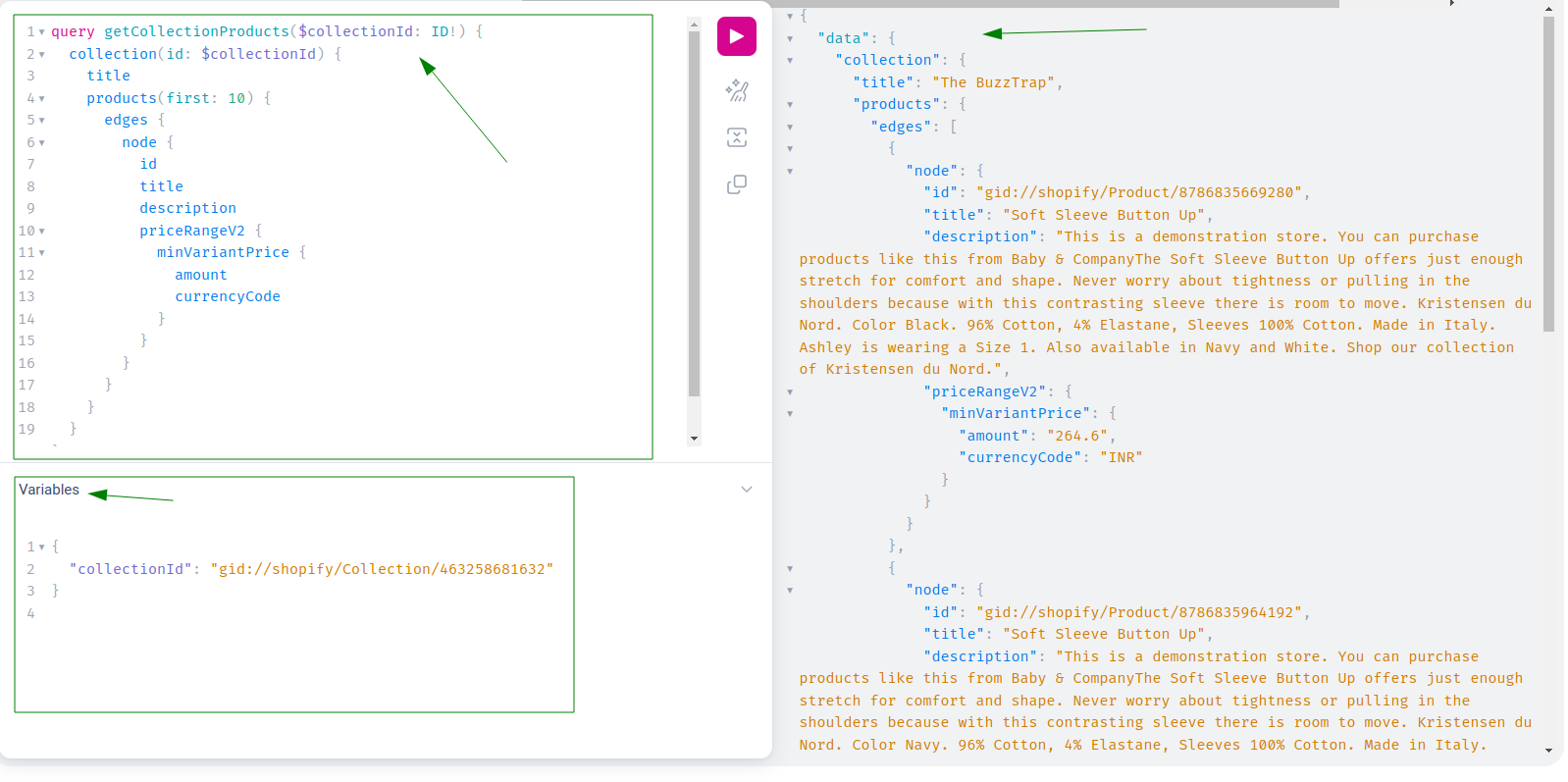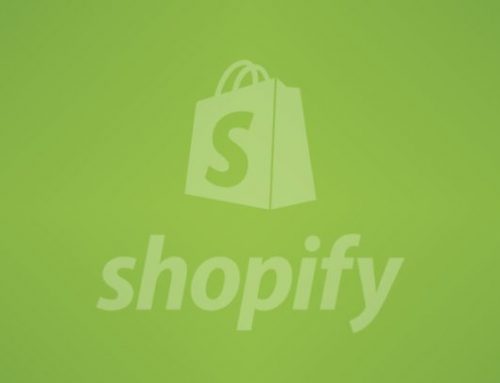Table of Contents
Shopify API Bundles: What Is the Specific Goal of Every API?
Shopify provides a rich set of Shopify API Bundles that enable developers to manage stores, create custom experiences, and extend the platform’s functionality. These APIs are designed to handle everything from backend data management to custom business logic execution, helping merchants modify and enhance their stores. In this blog, we will explore the different types of Shopify APIs, their specific goals, their usage, and how they work together to support the broader Shopify ecosystem.
Shopify API Bundles Introduction
One of the great features of Shopify is its ability to both grow and adapt to accommodate any size of business. Among one of the critical points is the rich Shopify API Bundles offering the service has for developers. These APIs have specific roles in the Shopify environment to handle, display, and interface with data and external services by letting merchants modify their stores. The role of API in Shopify and knowledge of types of APIs is important to any newcomer to the platform since it guides the developer in the selection of the proper tool for the job at hand.
In this blog, we will explore Shopify API bundles, their specific goals, and how they can be applied to different business scenarios, including creating product bundles in Shopify. We’ll discuss the various types of Shopify APIs, their use cases, and how you can leverage them to optimize your store’s functionality, including Shopify bundles with variants and the integration of Shopify bundle apps.
1. GraphQL Admin API
GraphQL Admin API is used to work with store data and processes Mobilise IT. It enables developers to give access to getting, putting, patching, or deleting products, orders, customers, and many more. The benefit that makes it efficient is that it will only ask for what is needed to complete the request and lower the payload size thus increasing the rate.
Use Cases:
- Designing and maintaining product catalogs.
- Updating customer data efficiently.
- Managing bulk operations with minimal API calls, including Shopify bundles with variants.
For example, a merchant may want to create a Shopify bundle app that groups products together as a bundle but still tracks inventory for individual items. Using the GraphQL Admin API allows for creating Shopify bundle products without app solutions that automate these tasks seamlessly.
Example:
To query product data, such as title, price, and inventory, the GraphQL Admin API can be used to request only the necessary fields, reducing unnecessary data load.
Example Query:
Output :
2. REST Admin API
The REST Admin API also deals with store data but works under the REST principles where each point is related to a certain resource. Extensively used by those developers who are already working with RESTful services and can work using this API easily because it offers an easily understandable approach to crafting the requests to Shopify’s backend.
Use Cases:
- Products, collections, and order management.
- Integrating third-party services that require REST-based communication.
- Fetching or updating data from a specific resource (e.g., customer, inventory, orders).
When using Shopify API bundles, the REST Admin API is commonly employed for managing bundled products in a way that allows for the modification of individual components within the bundle.
Example: A merchant can use the REST Admin API to update the stock levels of a particular product by making a simple PUT request to the product’s endpoint.
3. Storefront Shopify API Bundles
The Storefront API is designed to create custom storefronts on any platform. It provides access to Shopify’s eCommerce capabilities, including listings, checkouts, and collections, optimized for front-end operations.
Use Cases:
- Customized storefronts on web, mobile, or gaming platforms.
- Creating a personalized shopping experience.
- Interacting with headless commercial architecture.
For those building mix-and-match bundles with Shopify, the Storefront API enables the creation of highly customizable front-end experiences where customers can select different products and create personalized bundles.
Example:
Using the Storefront API, developers can build a mobile application that allows users to browse collections, add items to their cart, and complete the checkout process—all while outside of Shopify’s default themes.
Example Query
Output :
Ready to launch your Shopify store? We will create a standout site with our development and app development to build a store that sells.
Contact us now and get your store up and running fast!
4. Shopify Functional API
The Shopify Functions API allows developers to create custom backend logic that enhances or modifies Shopify’s built-in features, such as discounts, shipping methods, and taxes. This API runs directly on top of Shopify’s infrastructure, providing high performance and scalability.
Use Cases:
- Optimizing discount rules (e.g., buy one get one free).
- Customizing shipping logic based on location or price.
- Creating custom payment options or handling other complex backend processes.
For Shopify bundle products without app solutions, the Functions API can be used to offer custom pricing or discount rules specifically for bundles, ensuring that customers get the best value when purchasing bundle products.
Example:
A store might use the Shopify Functions API to apply a custom discount logic where customers receive a 10% discount if they buy more than three specific products.
5. Web Pixel Extension API
The Web Pixel Extension API is used to integrate browser-based tracking and analytics tools within Shopify. It enables developers to listen to customer events and interact with browser APIs in a controlled environment, making it useful for analytics, advertising, and conversion tracking
Use Cases:
- Google Analytics or Facebook Pixel integration for detailed tracking.
- Monitor customer behavior, such as viewing products or adding cart events.
- Enhancing marketing campaigns with real-time data.
Example:
A developer can use the Web Pixel Extension API to send that data to a third-party analytics tool to create new analytics every time a customer views a page
Use Cases for Shopify APIs
The versatility of Shopify’s API ecosystem allows for a wide range of applications and integrations to be built. Here are some special use cases that illustrate the power of these APIs:
- Custom Storefronts: Using the Storefront API allows developers to create completely customized shopping experiences, whether through a mobile app, a headless shopping website, or even in a video game.
- Advanced Discount Rules: Using the Shopify Functions API, merchants can offer complex discount programs such as tiered discounts, dynamic pricing, and region-based offers.
- Automate operations: Admin APIs (both REST and GraphQL) can be used to perform tasks such as updating inventory, managing orders, or extensively updating product descriptions.
- Real-time analytics: Through the Web Pixel Extension API, developers can monitor consumer behavior in real-time, enabling accurate marketing presentations and consumer behavior analysis.
Examples of Shopify API Bundles in Action
- Product Catalog Management: Using the GraphQL Admin API, a developer can bulk update product prices in a specific collection, ensuring that the entire catalog, including Shopify bundle products, is accurate and up-to-date.
- Make a Purchase: The Storefront API allows developers to create seamless purchase flows in mobile apps, where customers can browse products, select from mix-and-match bundles Shopify, and complete transactions.
- Customer Event Tracking: Shopify stores can use the Web Pixel Extension API to track when a customer adds a product to their cart, which can be especially useful for tracking interactions with Shopify bundle products without app solutions.
Conclusion
Shopify APIs are an essential part of the platform’s ecosystem, providing developers with the tools needed to create dynamic, scalable, and customized experiences for merchants and customers alike. Each API serves a distinct purpose—whether it’s managing store data through the Admin APIs, creating custom storefronts with the Storefront API, or enhancing backend logic with the Functions API. With tools like Shopify bundles API and Shopify bundle apps, developers can create complex bundle systems that benefit both merchants and customers.
By understanding the specific goals of each Shopify API, including the potential of Shopify bundles with variants and how to create product bundles in Shopify, developers can make informed decisions about which APIs to use and create more efficient, effective Shopify experiences for their clients.
